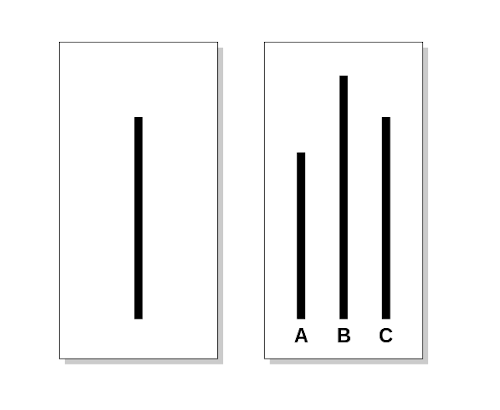A letter from 14-year-old Jim Nicholson to Wonder Stories, February 1931:
Some time ago you asked us (the readers) what our opinions on time-traveling were. Although a bit late I am now going to voice four opinions …
(1) Now, in the first place if time traveling were a possibility there would be no need for some scientist getting a headache trying to invent an instrument or ‘Time-Machine’ to ‘go back and kill grandpa’ (in answer to the age-old argument of preventing your birth by killing your grandparents I would say: ‘now who the heck would want to kill his grandpa or gandma?’) I figure it out thusly:
A man takes a time-machine and travels into the future from where he sends it (under automatic control) to the past so that he may find it and travel into the future and send it back to himself again. Hence the time machine was never invented, but! — from whence did the machine come?
(2) Another impossibility that might result would be:
A man travels a few years into the future and sees himself killed in some unpleasant manner, — so — after returning to his correct time he commits suicide in order to avert death in the more terrible way which he was destined to. Therefore how could he have seen himself killed in an entirely different manner than really was the case?
(3) Another thing that might corrupt the laws of nature would be to:
Travel into the future; find out how some ingenious invention of the time worked; return to your right time; build a machine, or what ever it may be, similar to the one you had recently learned the workings of; and use it until the time you saw it arrive, then if your past self saw it, as you did, he would take it and claim it to be an invention of his (your) own, as you also did. Then — who really did invent the consarn thing?
(4) Here’s the last knock on time traveling:
What if a man were to travel back a few years and marry his mother, thereby resulting in his being his own ‘father’?
Now I ask you, do you think traveling in time, in the manner most of your authors put it, is possible? (Now please don’t get the idea that I think it can’t be done, to some extent, because it might be done through Suspended Animation).
Editor Hugo Gernsback responded, “Logically, we are compelled to admit that he is right — that if people could go back into the past or into the future and partake of the life in those periods, they could disturb the normal course of events, as Mr. Nicholson has pictured it.”





